IKEA / Sweden
Assembled with care
Furniture colossus Ikea is dismantling its reputation and trying to build not only a better public image but also a better future.
Until recently the suggestion that a reporter might be granted access to Ikea’s inner sanctum would have been met with a firm “nej”. But the mindset is shifting at the furniture giant’s headquarters.
“We’ve reached peak stuff,” said Steve Howard, Ikea’s chief sustainability officer, in a 2015 statement that divided critics. Some saw it as blatant hypocrisy but the more optimistic sensed a shifting of tides at the world’s biggest furniture retailer. In the same year it pledged €1bn to tackle climate change and announced a commitment to using only renewable energy sources by 2020. It also marked a turning point in Ikea’s communication strategy, which for decades had seen the company take a tight-lipped approach to talking about anything beyond product launches and store openings.
Ikea now wants the world to know that from cotton and lightbulbs to wood, coffee and seafood, it is doggedly rewriting its reputation, from a manufacturer and retailer of disposable flatpacked “stuff” to a proactive design and values-driven brand. With this in mind we headed to southern Sweden to find out if there really is more to Ikea than allen keys.
The small Swedish town of Älmhult, where Ikea was founded in 1943 by Ingvar Kamprad, is home to the nerve centre of the Swedish multinational group of companies that comprises Ikea. More than 4,700 people from 66 nations live and work in this town with a population of barely 10,000. When monocle visits, a new Asian employee is being given a friendly induction on company culture in the communal reception area.
Yet for all that Ikea is a global brand in terms of operation, it remains an inherently Swedish company with Swedish values at its heart. “Fika time” is strictly adhered to in Älmhult, where co-workers (as employees are known) down tools twice a day to discuss matters unrelated to work over coffee and kanelbullar or cake.
Aside from baked goods, Sweden is a flag-bearer for environmental and social responsibility. It has an enviably progressive social agenda and one of the world’s most efficient and advanced clean-energy and recycling programmes. It makes sense then that Ikea is keen to realign itself as an ambassador of Sweden’s prowess in these areas, moving away from its more frivolous, style-driven “chuck out the chintz” campaigns of yore. Today it promotes its culture, heritage and objectives, tidily summarised in Kamprad’s original mandate: “To create a better everyday life for the many people,” which is a mantra you hear in every corner of Älmhult.
Ikea in numbers
Stores: 392 in 48 markets
Shopping centres: 41
Staff: 183,000
Last year’s retail sales from Inter Ikea Group: €36.4bn
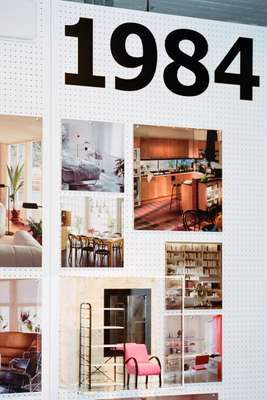
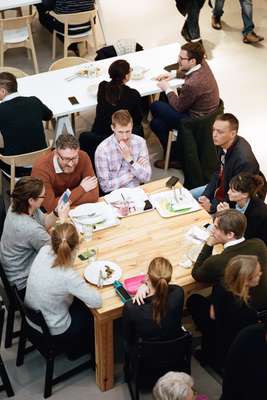
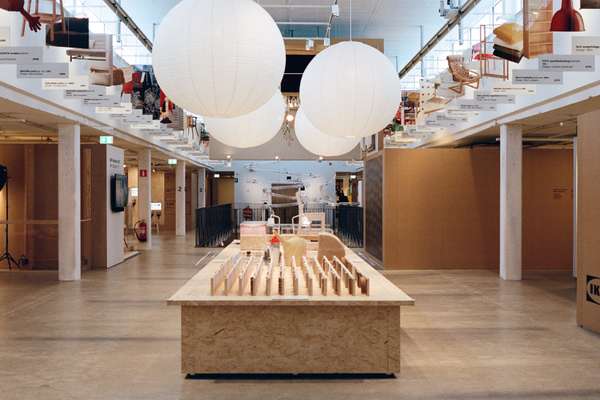
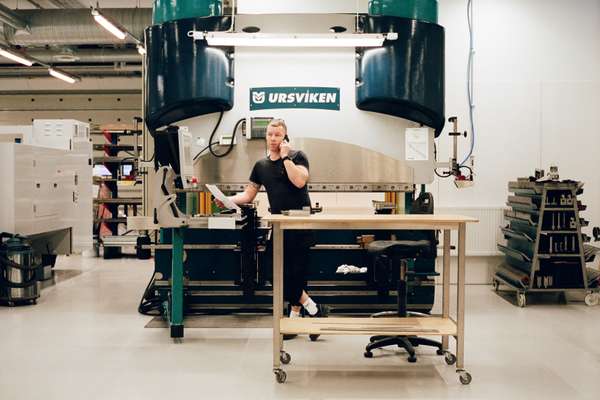



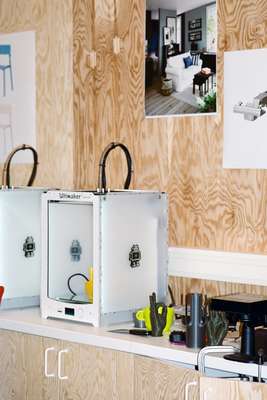
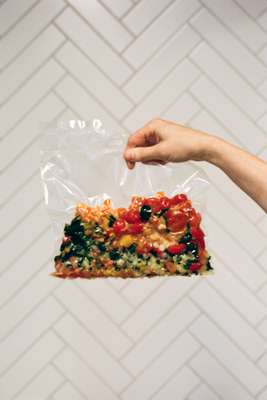



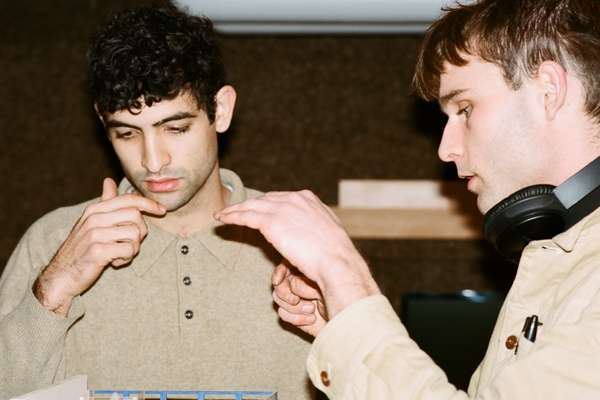
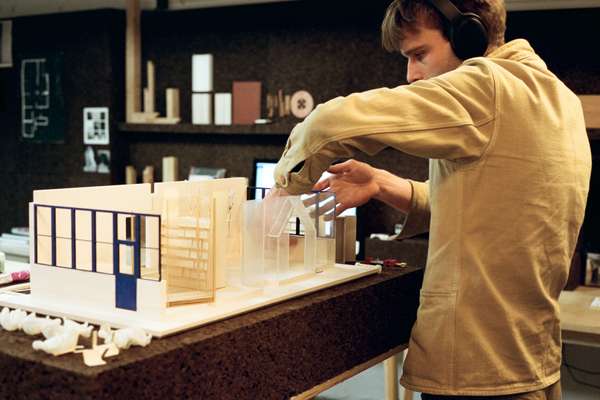

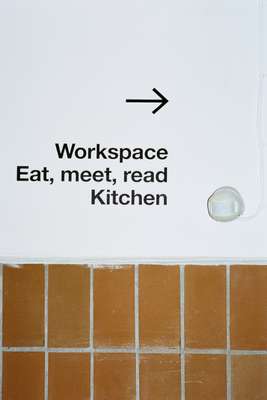


The big news at Ikea this week is the launch of the Kungsbacka kitchen front, which is pioneering as it is made from both recycled wood and recycled pet plastic bottles. It might sound unremarkable but it’s a significant achievement with great opportunities to scale across different departments. Everyone at Ikea is excited about it. The Kungsbacka has made the front page of the weekly Älmhultsbladet, the magazine for Ikea co-workers that’s been published since 1975. Elsewhere in the paper is news that the Ikea Foundation’s Better Shelter temporary housing solution, in partnership with the unhcr, has been awarded the Beazley design of the year by the London Design Museum. More than just a topical prototype, 16,000 Better Shelters have been deployed since production began in 2015.
Ikea’s ideas come to life at the Democratic Design Centre in Älmhult. One of the more significant changes was to bring the prototyping under the same roof as the product development departments, to enable greater communication, more sharing and faster learning. “We are a values-based company with a responsibility and a commitment to being better,” says Henrik Holmberg, who runs Ikea’s prototype department. “We feel that we can make consumer society healthier. We are working to a longer-term agenda than we used to, thinking about our customers and their lives in 2030, not just three years ahead.”
In 2016 the department completed 2,700 prototyping tasks, experimenting with their hands and machines to see what might be possible. “We are driving innovation in real time here,” says Holmberg. “We can be faster today than we’ve ever been.”
The innovation behind this is as much a commercial move as a socially driven shift. In developed markets younger consumers are beginning to care as much about provenance as cost. From fashion to food to furniture, the market for buying responsibly, ethically sourced and sustainably produced goods is no longer the reserve of the wealthy and Ikea is waking up to this. Marcus Engman, Ikea’s head of design, is responsible for keeping the big ideas at the heart of all that comes out of the firm. For him attracting loyalty from today’s youth can not be done by being the cheapest option on the market; Ikea needs to prove that good value does not come at the expense of other people, resources or the environment.
“If we want to invest in life and how we live, we need to have a long-term approach and think about ideas, rather than a short-term market-driven approach that is just about selling products,” says Engman. “One of our greatest challenges is to change people’s assumption that innovation at low cost is suspicious or bad. It is possible.”
Social responsibility
As a privately owned global company with an annual turnover (in 2016) of €34.2bn, Ikea is taking advantage of its expertise, scale and reach to think about longer-term solutions outside its traditional stable. One of the company’s greatest success stories to date is its Better Cotton initiative, working with the wwf to set better environmental standards for harvesting. Ikea uses about 0.7 per cent of the world’s cotton and since late 2015, all cotton used in Ikea products has come from sustainable sources.
As far as product development is concerned, Engman is focused on pushing innovation in the home-furnishing sector, not just to address what we want and how we live but to ensure that the products we buy last longer. He introduces us to an engineered component designed by Tom Dixon that could revolutionise sofa and bed construction by creating an adaptable, reusable, extruded aluminium structure. The system can be customised and changed to suit each customer’s wants and needs, not just in store but over the course of their life. Engman and Dixon took the construction to 75 design students at the best schools in New York, London and Tokyo to experiment with open-sourcing the development of the idea. “This constructive approach, thinking of how we can put things together in new ways to better suit how we live, keeps me awake at night,” says Engman.
Generating ideas about how design can help with some of life’s bigger problems must be hard in the shadow of the mothership at Älmhult, while surrounded by sunny co-worker slogans on most surfaces (even the mugs). So across the Swedish border, in the meatpacking district of Copenhagen, Ikea funds Space10 – a “future-living laboratory” – to challenge and inspire them. The separate innovation unit is a tactic that many busy brands have tried to master. Not many have pulled it off, principally because it’s such a difficult relationship to balance. There’s a butterfly-wing fragility inherent in a big company trying to hoover up the creative thinking from a small studio: as soon as they touch it they destroy it.
Ikea might be getting it right. Today Space10 feels refreshingly alive and attractively grown-up compared to similar ventures on the US west coast. There is no novelty foam furniture here and everyone looks groomed, healthy and well slept. It is a young team of 20 enthusiastic individuals from different nationalities and creative backgrounds, comprising architects, designers, strategists, artists and a resident chef.
Five Ikea innovations
1.
Kungsbacka kitchen fronts: made from recycled wood and recycled plastic pet-bottles. Twenty five half-litre pet bottles are needed to cover the surface of a 40cmx80cm kitchen front, which itself has a 25-year guarantee.
2.
Wedge dowel: a snap-together joint mechanism invented in the prototype department. It makes for stronger furniture, faster assembly times and allows furniture to be disassembled and reassembled with no wear and tear.
3.
Krydda indoor planting: a hydroponic indoor garden for the home, using led lights to optimise salad, herb and plant growth.
4.
PS 2017 vase: made from leftover glass and hand-poured into moulds so that no two vases are the same. “It has its own form of sustainability: by encouraging people to choose one form over another we are encouraging them to make conscious decisions, which in turn gives them an emotional connection to the things they buy for their home,” says Engman.
5.
Delaktig bed/sofa: a new component for sofa construction made from extruded aluminium, which gives it a long life. It can be customised for different dimensions and scales to match customer needs.
“We don’t start with Ikea as a source for issues,” says Simon Caspersen, one of Space10’s founders. “We start with what’s happening in the world and ask what we can do about it.” They have four “labs”, investigating digital fabrication and new ways of producing things, sustainable food production, communication in the age of artificial intelligence and future ways of living. It has also developed some interesting ideas that feed directly and indirectly into Ikea’s ecosystem. These include “hijacking Ikea’s famous meatball” to examine possible future food sources and exploring how Japanese handcrafted joints can be replicated with digital fabrication techniques.
“The opportunity with Ikea is ambition and scale,” says Caspersen. “They recognise the need to make positive changes in the world. Take led lighting, for example. Ikea invested heavily in developing the technology, which meant that prices could be driven down and made affordable so that the benefits in terms of lower-energy consumption have greater impact. It took them just three years to go from incandescent to led in all lighting products and across their stores.”
While the employees prodded out before the press sound positive enough, it is early days in Ikea’s post-peak-stuff era and the question remains as to whether it can shift its public perception as a company with values – and not just value – at its heart.
Yet across the expansive Ikea network of people and departments there is a sense that it’s not just about making stuff, it’s about making stuff better. It’s also about cleaning up after yourself and the company is piloting several recycling and charity-redistribution initiatives. It’s an ambitious task but one that is being met with characteristic Swedish resolve.
When asked how he understands his greater mission at Ikea, Engman responds, “What are the big problems we face? Let’s solve them. It’s as simple as that.”
a new approach
Shifting perceptions
Many ingredients make up Ikea’s recipe for retail success. Yet it’s the brand’s staples that leap to mind when we zip past its out-of-town locations along the highways of Brisbane, Berlin and beyond.
Among everyday consumers, Ikea is typically seen as a brand selling appealing flatpack furniture and tasty meatballs. But it isn’t regarded as an unsavoury brand either and its strategy to prove that low prices don’t have to mean low quality has worked magnificently.
Going forward, as it continues to expand in the developing and developed world, Ikea wants to drive a more socially responsible agenda. It not only wants its shoppers to know about it but to embrace the ethos in the same way that they do its products.
This is easier said than done. It’s not the only mega-brand in the design world that’s pushing in this direction: Airbnb’s Samara initiative, for example, aims to reinvigorate fading rural communities and is appreciated by its more worldly customers but its full potential impact is unclear.
Ikea is ahead of most design and retail behemoths in the social-responsibility stakes but is this really on the minds of its shoppers? Ikea must get its noble intentions into the heads and hearts of a generation of consumers that present an interesting mix of social responsibility (they like to know the provenance of their coffee beans) and concurrent indifference (they buy fast fashion from brands with dubious records on child labour). But if the Swedish giant can move its customers towards virtue without becoming preachy, flatpack could become a much more rounded affair.


